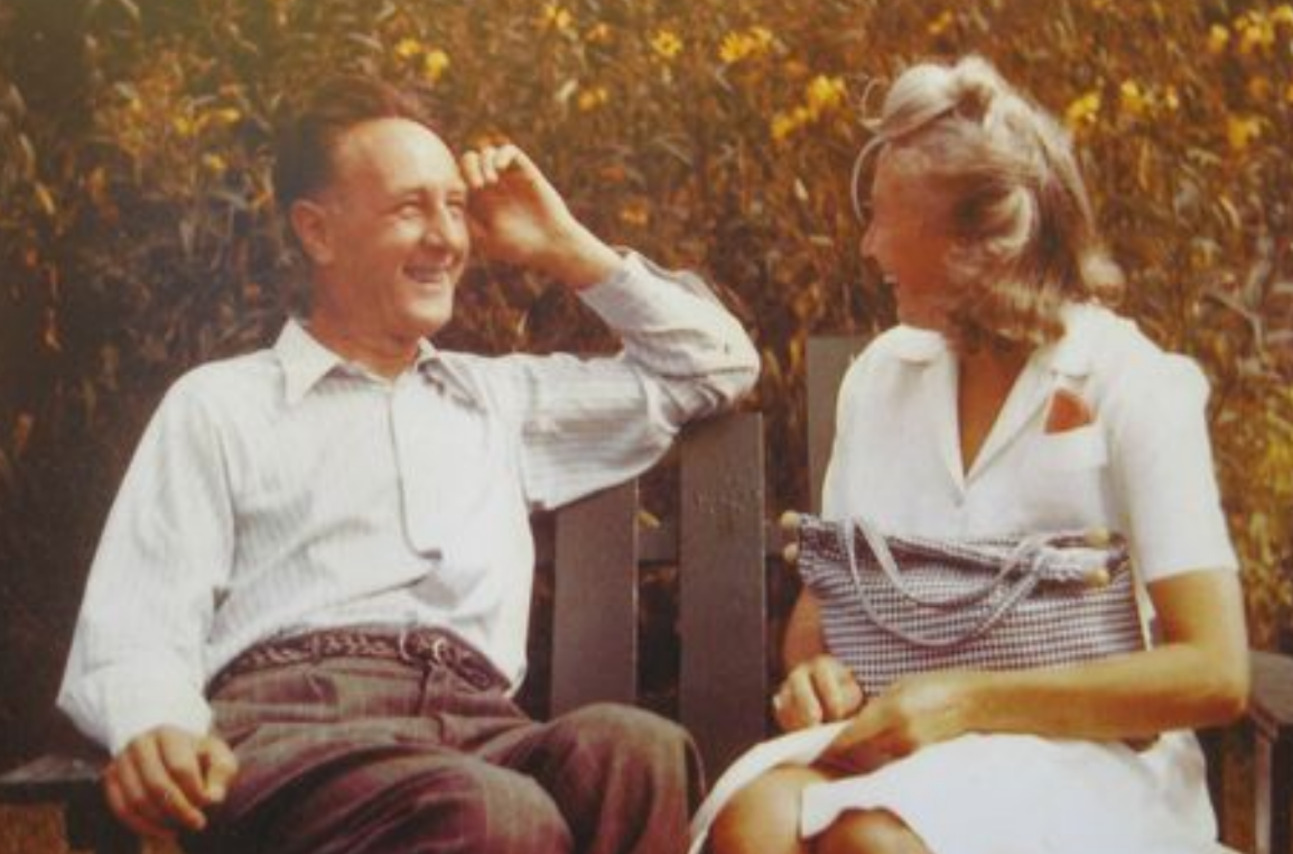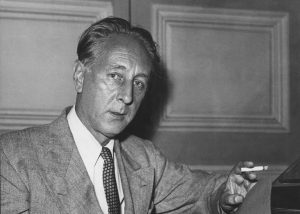
Trio Ad Libitum Program Notes
For their Guarneri Hall debut, Trio Ad Libitum have chosen three works that, while varied in style, all celebrate the virtuosity and high drama of the string trio repertoire.
Download the program notes in PDF format:
Jean Françaix (1912-1997) String Trio

Jean Françaix was a prodigious talent born to a musical family. His mother was a singer, and his father was the director of the Le Mans Conservatory. Françaix was enrolled in classes at the Paris Conservatory. At the age of ten, he composed a piano piece, Pour Jacqueline, dedicated to his cousin. His parents submitted the piece to Marcelle de Manziarly, the editor of Editions Sénart, who was impressed and showed the work to Nadia Boulanger. Boulanger became Françaix’s primary composition teacher. Françaix’s music also impressed Maurice Ravel, who wrote to the young composer’s father: “Among the child’s gifts I observe above all the most fruitful an artist can possess, that of curiosity: you must not stifle these precious gifts now or ever, or risk letting this young sensibility wither.” Françaix went on to write over 200 works, from solo and chamber music to ballets and film scores.
Françaix’s String Trio of 1933 is mercurial and droll, asking the musicians to toss off soloistic bon mots with great élan. The exception is a heartfelt third movement, which recalls the cool darkness of a medieval church.
Bohuslav Martinů (1890-1959) String Trio No. 2

Bohuslav Martinů was a Czech composer who began his career in the Romantic tradition of Dvorak under the tutelage of Dvorak’s son-in-law, the violinist Josef Suk. Martinů soon rejected Romanticism in favor of modernist idioms of jazz and neo-classicism. Although Martinů continued on an eclectic compositional path, elements of Czech folk music appear in his compositions of all styles throughout his career.
If the Françaix String Trio is full of refined witticisms, Martinů’s String Trio No. 2 from 1934 is a more forceful conversation where the participants may interrupt and overlap just as often as they agree. The piece is in a compact, two-movement form. In both movements, the themes alternate between driving rhythmic writing and more lyrical ideas. Like much of Martinů’s music, the Trio No. 2 demonstrates the combined influences of Czech folk music and the late Baroque era.
L. van Beethoven (1770-1827) String Trio in C Minor, Op. 9 #3

Ludwig van Beethoven composed his three String Trios, Op. 9, in 1797–98. They were published in Vienna in 1799, with a dedication to his patron Count Johann Georg von Browne (1767–1827). Of the three in the set, the third, in C Minor, is the most compositionally adventurous, foreshadowing the stylistic innovations with which Beethoven would forever transform the musical world in the years to come. Some historians suggest that these works were preparatory to Beethoven’s earliest quartets, which they predate. To whatever extent that might be true, the Op. 9 trios are novel works in their own right, employing a level of independence in the three voices that was almost unprecedented for a string trio at the time.
While the C Minor string trio is still a relatively early work of Beethoven – written at the age of 27, before his first symphony and his Op. 18 string quartets – it still carries his indelible compositional stamp. The four movements of the work demonstrate Beethoven’s ability to spin endless musical material out of the smallest of subjects, as well as his mastery of dramatic devices like contrasting dynamics, the interplay between major and minor, and the canny use of rhythmic elements to either propel the music forward or suspend its motion entirely.
Get tickets to the concert,

